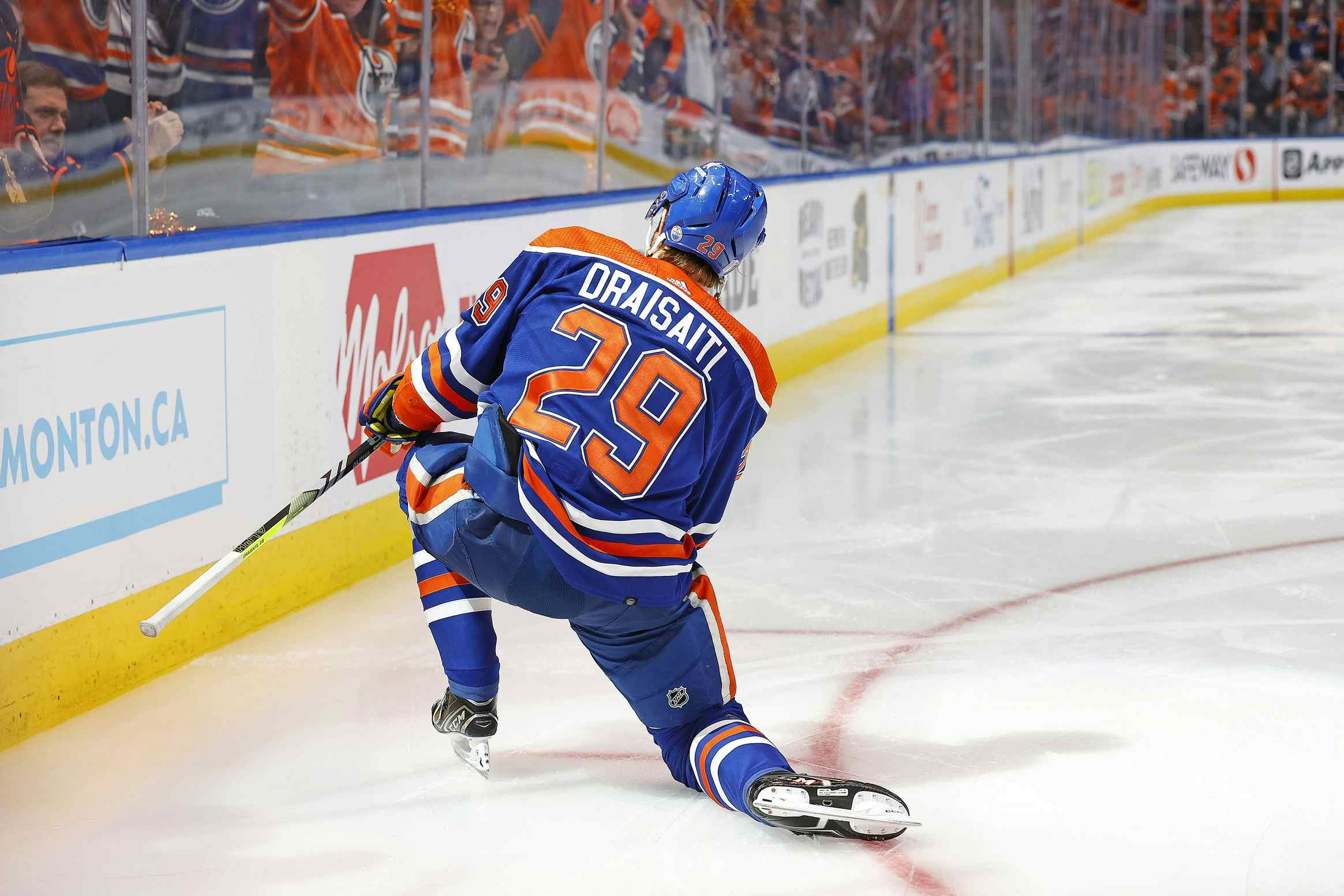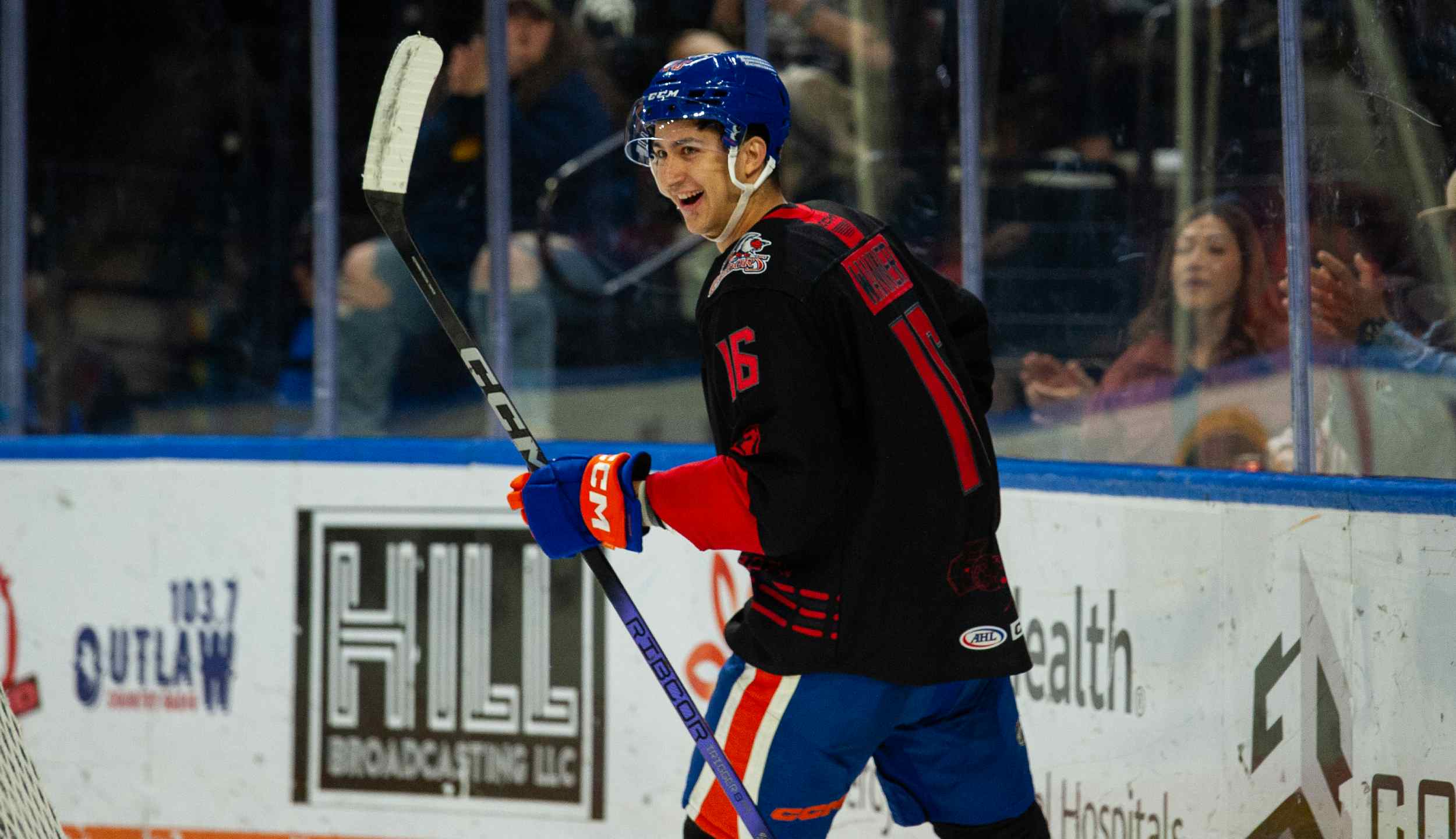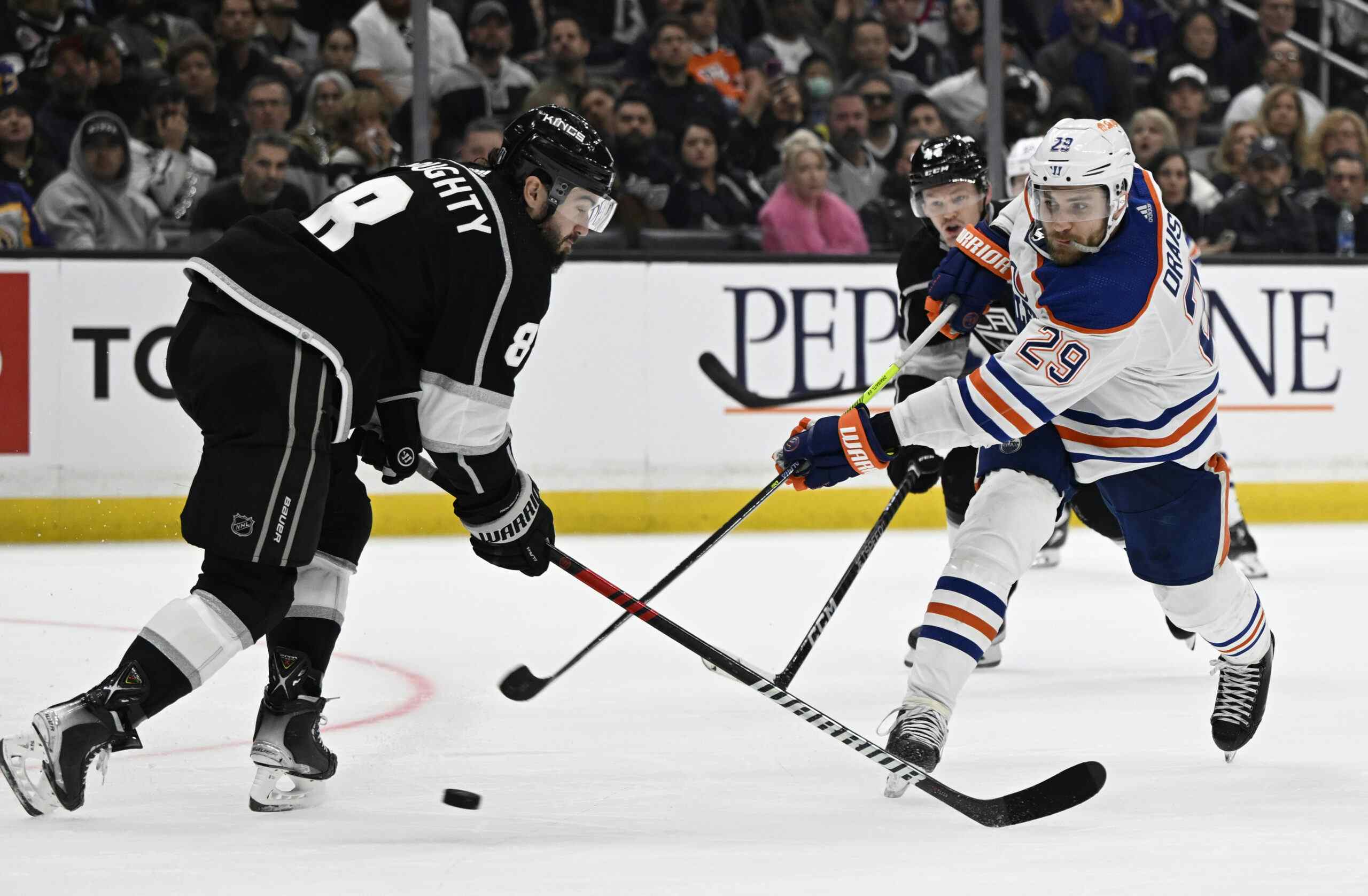The Edmonton Oilers and their record at the draft: 2002

As part of an ongoing series, I’m evaluating the Edmonton Oilers performance at the draft during Kevin Lowe’s tenure in comparison to the NHL as a whole. This is the second part of the series, focusing on the 2002 NHL Entry Draft (check out 2001 here).
The Numbers
Let’s start with some basic statistics, showing the Oilers totals first and NHL average in brackets following:
Total Number of Picks: 15 (9.7)
Draft Position: 14th (of 30)
NHL Games Played by Picks: 440 (335)
NHL Points Scored by Picks: 179 (119)
Draft Position: 14th (of 30)
NHL Games Played by Picks: 440 (335)
NHL Points Scored by Picks: 179 (119)
Round 1
I’ve talked in depth about the Niinimaki selection before, and neither the poor quality of the draft or the injuries suffered can obscure the fact that this was easily the worst selection of the Lowe/Prendergast era. Let’s start with the two main caveats on this pick:
The scouting staff didn’t like any of the players available; after failing to trade up they felt they’d already missed out on the cream of the draft.
Niinimaki suffered a bunch of injuries, including a broken shoulder in 2003–04 that limited him to ten games that season.
That said, this isn’t a remotely excusable pick. The Oilers had the 14th overall selection and traded down one spot to 15th (picking up an extra 8th round pick), allowing Montreal to select a player who had a good rookie season at Yale University, Chris Higgins. As Higgins developed into an NHL player, Niinimaki played 24 games in the AHL (recording a single point) before returning to Finland, all without signing an entry-level deal. The silver lining is that the Oilers received a compensatory draft pick, the 15th selection in the second round of 2006. It’s early, but that pick (Jeff Petry) looks like a keeper.
Rounds 2 – 3
The Oilers traded away forward Jochen Hecht to Buffalo for a pair of second round picks after trying to use him to move up in the draft order (they offered Hecht and the 14th pick for Tampa Bay’s 4th overall selection; Jay Feaster elected to take Ruslan Fedotenko and two second-rounders from Philadelphia instead). This gave the Oilers four picks between #30 and #100.
Jeff Drouin-Deslauriers was taken 31st overall, and after a long wait it now looks like he’s going to get a job on an NHL roster this season. Here’s what I wrote about the selection a couple of months back:
In my opinion, he’s probably the guy who suffered the most from the amateur hour show that was the Oilers’ development team prior to their affiliation with Springfield. His transition to pro wasn’t terrbly smooth, splitting time between the AHL and the ECHL, but it got worse. In 2005-06 he was the third-stringer on the Hamilton Bulldogs, who were busy developing guys like Yann Danis, Jaroslav Halak and Olivier Michaud, when they weren’t playing conditioning-stint guys like Ty Conklin and Cristobal Huet. He was then reassigned to the ECHL to get playing time, where he promptly blew out his knee. He again split time (this time for Pittsburgh’s farm team) in 2006-07, and finally got a decent season (playing time-wise) in 2007-08. The fact that this guy can still be considered a prospect is a testament to his resilience. I’m pulling for him, even though the safe money says his career ceiling is NHL backup.
This wasn’t an amazing pick, but it was a decent one, especially considering the next five players selected (between Deslauriers and the Oilers next pick at #36) have a grand total of one NHL game. The hype on Deslauriers was extremely high; most scouting publications considered him a top-three goaltender at the draft. This is a very defensible pick.
With the #36 pick we can move beyond “defensible” as a descriptive and on to “good”, or even “great”. Jarret Stoll’s career is now in some jeopardy (although a bizarre contract extension from Los Angeles would seem to put it on more solid footing) due to concussion problems, but before that this was the best pick that could be made. Only two players selected after Stoll (Matt Stajan, Matthew Lombardi) have played more games, and none have collected more points. In fact, Stoll trails only Rick Nash (#1 pick) and Pierre-Marc Bouchard (#8 pick) in points among 2002 draftees. However the rest of his career unfolds, this was a good pick.
Matt Greene was picked at 44th overall, and although I am not a big believer in him as a player (my forecast for this coming season: “the smart money is on Greene being in way over his head and ending the year a scorched, empty hulk of a defenceman”), he has seen action in 151 NHL games, and seems destined for a fairly low-profile career at hockey’s highest level. A better pick would have been Chicago’s Duncan Keith, who went ten picks later, but so far Greene’s well-clear of the nine players taken between those two selections, and for that matter, also of all but a half-dozen of the 32 players taken in the second round. A good selection.
The Oilers took 6’4”, 200lb Brock Radunske with the 79th overall selection, and like all but ten of the thirty-two players chosen in the third round, Radunske has not (and likely will not) play at the NHL level. Radunske was to the AHL what J-F Jacques is to the NHL; a big forward who puts up big numbers one league down, but can’t score for love or money when promoted. His numbers from 2006–07, for example:
ECHL: 16GP – 14G – 19A – 33 PTS
AHL: 20GP – 2G – 0A – 2 PTS
Swing and a miss, but by the third round, this sort of thing happens.
ECHL: 16GP – 14G – 19A – 33 PTS
AHL: 20GP – 2G – 0A – 2 PTS
Swing and a miss, but by the third round, this sort of thing happens.
The Rest of the Way
The Oilers made ten of their fifteen picks after the 100th overall selection. One of these picks, Robin Kovar (123rd overall) was actually ineligible but listed on the NHL website, and thus the Oilers selection was voided but they received a compensatory pick later. It wasn’t a deep draft, but the Oilers struck out entirely, drafting clear misses (Almtorp, Fisher, Murphy, Micka, Johansson), some depth guys (Mikko Luoma, Dwight Helminen) and a player whose development in Russia was botched by RSL teams (Ivan Koltsov) and finally Jean-Francois Dufort, whose career was ended by concussion a year after being drafted.
In Conclusion
This draft was on the ugly side, and below league average, despite the above average games played/points totals. An excellent second round (Stoll, Greene, to some extent Deslauriers) is the only redeeming feature of a draft that remains the biggest post-Sather amateur procurement failure. The selection of Jesse Niinimaki is the most obvious error, but the Kovar selection was embarrassing, and the multitude of late round selections didn’t produce one player really worth developing.
—Jonathan Willis, henceforth known as the Draftmaster, is the force behind Copper and Blue, and a frequent OilersNation contributor.
Recent articles from Jonathan Willis





